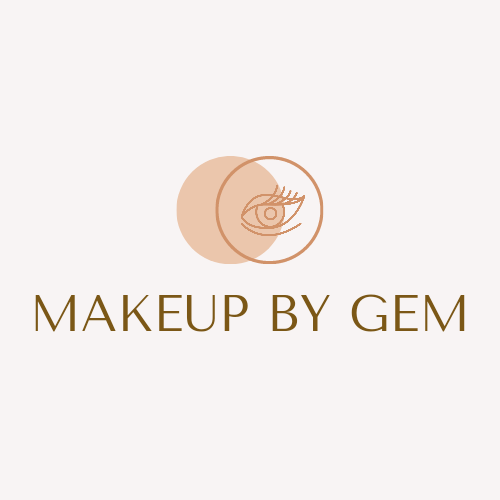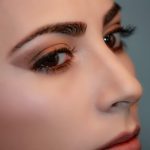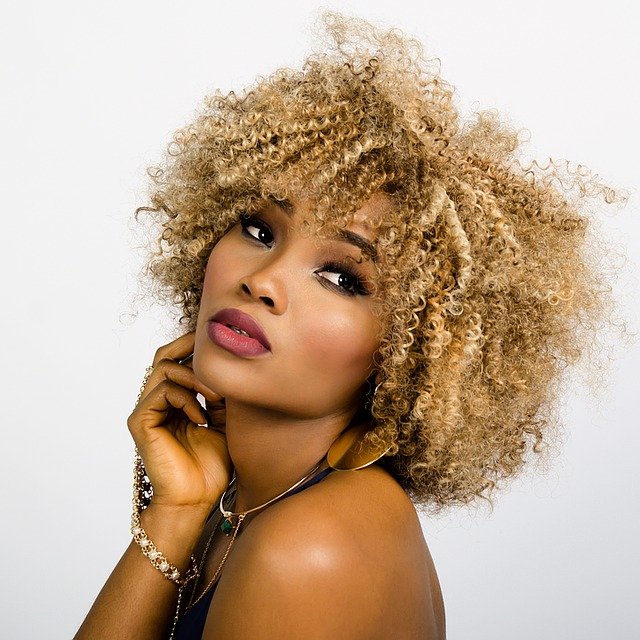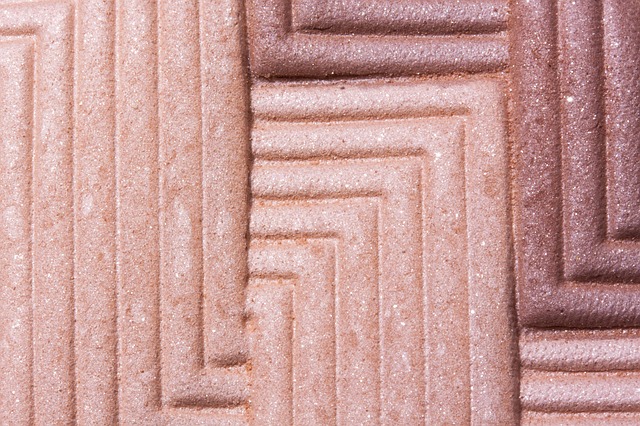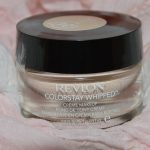In this guide you will learn how to hide dark spots with concealer so you can create an airbrushed look with every-day items. After reading you’ll have a clear idea of which concealers and products to go for, plus what kind of results you might be able to achieve with your chosen concealer.
This guide is intended to help you build a collection of the most effective and versatile concealers for every skin type. You should use a concealer in the same way you use a foundation—as your skin’s first product. Read on to learn which concealers and products to buy, how to apply concealer and which concealer is right for your skin.
Common skin types
There are four common skin types, which can be used to guide your shopping decisions:
Almost Clear Skin
Your skin may look matte and natural, and it may feel slightly on the dry side. This type is easiest to cover without makeup because it doesn’t typically require layering, just a translucent concealer on top of foundation.
Oily Skin
This type usually contains plenty of oil and is prone to looking cakey. You will need to apply a translucent or creamy concealer under foundation. An all-over colour concealer is good for covering larger areas.
Combination Skin
This type of skin usually contains a mix of oily and dry skin. Your most important consideration in this type of skin is keeping your makeup under control because it will accumulate anywhere it doesn’t disappear or dry out. Look for coverups and foundation that are easily blendable, and contain good texture and moisture.
Acne-Prone Skin
Dark spots and patches often show up on acne-prone skin. The texture of your skin can look uneven, with open spots, and your blemishes tend to get noticeably larger. To protect your skin from acne breakouts, choose concealers that are matte, and choose a lighter-medium coverage to minimize the visibility of those spots. The texture of your skin will also need to be considered, because a thick concealer can cause irritation or simply look weird on the delicate skin areas around your eyes, nose and mouth.
Which Concealer to buy
The three most important factors to consider in choosing a concealer product are product texture, type and coverage. There are three types of concealer—cream, fluid, and powder. Cream and fluid concealers generally feel more velvety and natural than powder, while powder is easier to work with. Also, it’s important to make sure you choose concealers that work with your skin type—some concealers are great for oily skin, and some are for acne-prone skin.
Powder Versus Cream Concealer
You can use both powder and cream concealer to achieve the same level of coverage with both concealers. But there are some important differences. Because it has more drying properties than a cream, a powder can be heavy on dry and oily skin. If you tend to have oilier skin, you should prefer the concealer option that has the least amount of oil (or most powder). A cream concealer blends more easily than a powder, so it’s the best choice for normal to dry skin. Make sure you select a lighter-weight concealer that is easy to blend and follow with your foundation.
Best Concealer For Dark Circles
While concealers are good to help prevent your dark circles, only a few concealers can offer enough pigment and lightweight coverage to prevent discolouration of the dark circles. You should consider going matte, as this gives your eyes a more natural, less obvious appearance, according to Cosmopolitan.
We looked at many cream concealers to find the best coverage for dark circles. Make sure you pick the concealer that best works for your skin and has a light and smooth texture. We didn’t find a concealer with the same number of dark spots as in the swatches shown, so you can see that some concealers in the photo show more spots than the swatches show. We actually spent more time testing concealers in our beauty tests to discover the exact formulation and coverage that works best for dark circles. If you can find a concealer with a lighter coverage and fewer dark spots, we recommend that concealer.
How to use a concealer
Your concealer should be a natural-looking product. We recommend choosing a concealer with less oil or powder to create the effect that you want. While thick concealer with a rougher texture can help add a natural look to dull skin, if you have oily skin, stick to a concealer with a more translucent texture to make it blendable with your foundation.
A concealer can help cover any imperfections, including acne, dark circles, wrinkles, scars, and any other blemish that you want to hide with a glowy look. When we carried out our in-depth research on the best concealer for dark circles, we selected concealers and creams based on their sheer coverage and satin finish, as this gives a glowy, clean look without covering dark circles that appear discoloured. Choose concealer according to your skin type.
For a make up base that works on both oily and dry skin, we recommend that you look for an oil-free and oil-resistant primer that doesn’t transfer or blur if it ends up on your hand. For best results, apply a primer under your foundation so that it lasts all day and dries into a natural, matte look.
To smooth out under your skin or add a level of detail to the skin, apply your concealer. Many people recommend pressing the concealer product into the skin using a blotting paper or the side of a makeup sponge. Another way to smooth out your concealer is to sweep it over the surface of the skin with a brush, applying the product in a circular motion and patting it on top of your foundation.
When applying your concealer you should use a damp tissue or your fingers (when your finger nails are small) to apply the concealer, to allow your skin to absorb as much of the product as possible. If you use a powder concealer, you can use a damp makeup sponge or cotton bud to transfer the powder to the desired spot. When you use concealer to cover spots or blemishes on your face, it is often best to use smaller, round brushes or concealer bristle-tips. If you prefer a sponge with rounded edges, choose a concealer sponge with a similar shape to the affected area.
Removing concealer and cleaning your concealer brush
It’s a good idea to clean and remove any residue from the eyes after using any eye product, including concealers. Use an eye makeup remover to get rid of the product from your eyes.
Make sure you are using a product specifically designed for your eyes, as too much eye makeup can lead to dark circles and eye irritation.
You can also use cleaning wipes, but make sure you use an alcohol-free, 100 per cent alcohol-free, jojoba-oil free tissue that is formulated specifically for your eyes.
Cleansing brushes (like foundation brushes and concealer brushes) can be difficult to clean and is best reserved for creamy or powder products. You can also clean the underside of an eye shadow brush by soaking it in warm, soapy water.
Here are more brushes you can clean to get rid of any grime:
Foundation brushes
Cleansing brushes
Sponges
Synthetic nail brushes
It’s not a good idea to use natural brushes to clean any kind of powder. Natural bristles tend to be thinner and pliable, so any product applied to them can wear down more quickly. Although some foundations can be shaken or can be brushed off with a dampened face tissue, some formulas don’t dissolve like that. Because natural products will dry out your makeup quicker, you should be using a more oily makeup, and follow a “neat” routine, which is more hygienic.
